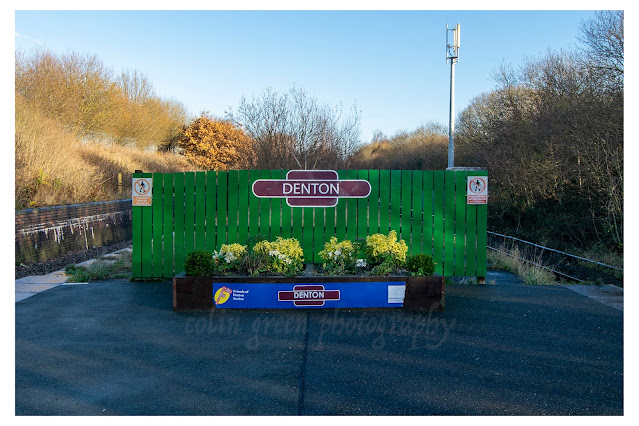Nestled in the picturesque North York Moors, the village of Lealholm holds a quiet treasure: Our Lady of the Sacred Heart Church. While many ancient churches dot the English landscape, this small Catholic church has a more modern, yet no less significant, story. It stands not as a remnant of medieval times, but as a testament to the faith and determination of a dedicated local community in the early 20th century.
The church's story began with a simple need for a permanent place of worship. Until the 1930s, the local Catholic community had no church of their own, but their faith was strong. Through persistent fundraising efforts, they gathered the necessary funds to build a modest, yet beautiful, church. Their hard work came to fruition when Bishop Shine laid the foundation stone in September 1931. Just a year later, in 1932, the doors of Our Lady of the Sacred Heart were opened to the public.
What makes this church so compelling is its architecture. Built of local stone, it blends seamlessly with the rugged, rolling landscape of the moors. The design is simple and elegant, featuring a gabled roof and arched windows that evoke a sense of timelessness. The stepped buttresses on the front facade and the cross on the roof are subtle but powerful architectural details.
The building is not just a place for worship; it is a spiritual anchor for the rural community of Lealholm. The graveyard surrounding the church, visible in the pictures, is a quiet space of reflection. The small stone walls and gated entrance complete the picture of a peaceful sanctuary, a place of peace and continuity in a changing world. Our Lady of the Sacred Heart, Lealholm, is a powerful example of how faith and community can build a lasting legacy. It is a modern church with a timeless feel, serving as a reminder that even in an era of rapid change, some things—like faith and community spirit—remain constant.
These 3 pictures were taken on the 27th August 2022 using a Nikon d3300 SLR camera, clicking any of them should open a link in another window to my Colin Green Photography store on Zazzle.





















































